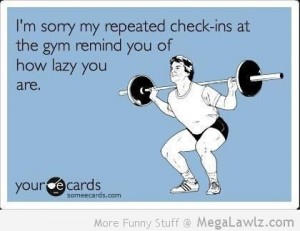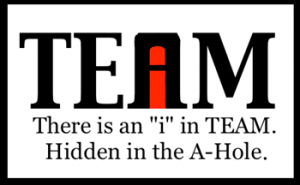Unless you’ve lived in a musical cave the past few months, then I’m sure you’ve heard Meghan Trainor’s hit song, “All About That Bass.” I decided that for today’s blog post, we’re going to get down to it and talk about the booty and how to make yours turn heads.
Whether you’re a man or a woman, it isn’t a surprise that the ass is a sexual turn-on for many. There is just something about those curves that turn the heads of both sexes. The glorious glutes sometimes get lost, especially with those that skip leg day.
I’ve got FIVE glute exercises to help you shake it like a Polaroid picture.
*NOTE: I fully exercise my right to make as many butt-related puns as I feel like during this article. Enjoy.
1. SINGLE-LEG ELEVATED GLUTE BRIDGE
Let’s start with the exercise that’s easiest to perform and requires the lease equipment. While you can do this bilaterally, I specify the single leg version simply because – though it’s a tad more advanced – it’s really the only version worth doing if your goal is posterior development.
When performing this exercise, it’s important to focus on two things: recruitment and position.
In order to make sure you activate and recruit the glutes to the fullest extent, don’t just think about lifting your hips; instead, think about driving your heel into the bench and focus on using your posterior chain to raise your body. Also, remember to flex and squeeze the working glute throughout the entire rep. To increase activation, lightly rest your hand on the cheek — it’ll look silly but will help out a bit.
As for position, how you finish the exercise is important here. Don’t just drag your ass off the ground and stop when you’re in the air — a fully executed rep ends when your hips are completely “locked out.” To make it simple, raise your hips as high into the air as you can. In the finished position, you should be able to follow a straight line from your knee to your shoulder.
This exercise is great for development, but I find it works best as both an activation exercise during a warm up and a teaching tool for helping people understand and develop increased awareness and activation.
2. BARBELL GLUTE BRIDGE / HIP THRUST
Staying with the same theme, let’s look at barbell glute bridges. Popularized by Bret Contreras, the barbell glute bridge (or BGB, as I like to call it because it’s more fun to say) is the exercise that contributed heavily to Bret becoming known as: The Glute Guy. (NOTE: It probably also helped that he registered the domain thegluteguy.com and uses it as his blog; but let’s not split hairs.)
There are a number of variations of the BGB, the main difference between them being the number of benches used, which varies from 0 to 2. Using multiple benches increases the range of motion, the difficulty and the name. Once you add in a bench, the name generally changes from a glute bridge to a hip thrust.
Even with the difference in names, the movements are similar in a few ways, not the least of which is that they both involve using your tuckus to drive your hips up while loaded with a barbell.
Here’s a video of big Bret rocking out the BBGB with just under 500 pounds.
Moving on to the hip thrust, you need to have your shoulders elevated, increasing the range of motion and lines of force. The hip thrust is more difficult, and because of that, perhaps more effective in a number of ways.
Here’s a video of Bret’s client, Kellie Davis, banging out reps with 225.
For more videos, check out Bret’s YouTube channel, which is the biggest collection of ass-related videos not on a porn site.
3. HALF-SQUAT FROM THE BOTTOM
I don’t think there’s a butt in the world that can’t benefit from squats. Moreover, I don’t think that there are many great butts that have been built without them.
Today, we’re going to take that one step further.
This highly specialized version of the squat is done for just half a rep — the bottom half. You see, the glutes are recruited more heavily as squat depth increases; therefore, it is the bottom half of the squat that involves them the most. By limiting the movement, you focus on the goods.
Here’s how it’s done: In a power cage, set the pins at just above where your shoulders would be if you were in the “rock bottom” position of a squat. Load it up, climb under and ignore the looks you get. As you come up, focus on flexing the glutes. Halt your ascent at roughly one-half of the way up, pause for half a second and come back down. Allow the bar to come to a stop on the pins. No bouncing!
This is a killer exercise because you’re moving the bar from a dead stop for every rep, there’s no possibility of cheating, and you completely take away any effect inertia would have had. The movement becomes much harder and is very effective.
Now, this variation of the squat is very specific. While useful in the context of glute training, in general, you should be doing regular squats as well.
4. KETTLEBELL SWINGS
I’ve often heard people say things like, “I do the stair climber for cardio because I also work my butt.” While that’s not totally untrue, it’s also not the best option. If you want to get your ass in shape figuratively while getting your ass in shape literally, KB swings are the way to go.
Now, I’ll say right off the bat that I’m not really a kettlebell guy. I like kettlebell exercises as a conditioning tool, and I see some value in terms of specific applications. This differentiates me from pure kettlebell gurus, a number of whom are passionately dogmatic about kettlebells.
Again, KBs are good for condition and specific application, one of those applications being glute training.
For a simple movement, it’s hard to beat the KB swing. Done with proper form, it works the majority of the posterior chain and hits the glutes like little else.
You can use the swing with mildly heavy weight as part of a more complete program, or you can use lighter weight and higher reps for a cardio / conditioning effect — each effective for different goals, but both effective with regard to your butt.
FURTHER READING: Tim Ferriss wrote a detailed post on how to use the KB swing to sculpt the perfect posterior, which you can read here.
5. GLUTE – HAM RAISE
I don’t know why I even bother to include the GHR, other than the fact that if I don’t, other fitness pros will blast me for leaving it out.
Don’t get me wrong, it’s an awesome exercise, if you’re part of the small 2% of people who don’t screw it up. Since I’ll assume that all of my readers are in that group, we can discuss.
There are two ways to perform the glute-ham raise: on a machine and without one, which is called a natural glute-ham raise. The machine version is generally easier for setup — at least in the sense that you don’t need a partner for it — but executing it is murderously difficult.

A few companies make decent GHRs, but the best one by far is produced by EliteFTS. If you’re considering picking one up, that’s the model I’d go with.
Most gyms don’t have a GHR machine, so let’s talk about some modifications.
The first of these is to use a friend. It’s somewhat difficult to manage, though.
To perform, kneel down on some padding and have your partner secure your feet behind you. Keep your trunk upright (your back straight and in line with your hamstrings) and lower yourself to the ground as slowly as possible. If you can pull yourself back up, do so. If you cannot, simply use your hands to work back into the starting position and perform another negative.
It looks like this:

If you don’t have a partner, there is another variation that makes use of the lat pulldown. Essentially, you’ll be using the knee rollers to hold your ankles in place and perform the GHR. This is the first version that I ever tried.
Here’s a lil’ snippy-snippet:
Looks easy? Nope.
All variations of this exercise are pretty easy to screw up.
Now, here’s how it’s awesome: While in many ways this is a hamstring exercise, it still works the glutes, oddviously. Specifically, this will work what we in the biz call “the gluteal fold,” or the glute-ham tie-in, the often-saggy flap where your butt meets your leg. Meaning that the GHR is going to help your ass look awesome when you’re naked more than almost any other exercise. Making it exceptionally important.
You’re welcome.
Bonus: Hill Sprints!
Yeah, hill sprints.
These are pretty much the most awesome form of cardio you can do. How do I know this?
Here’s my rating system:
Impact: 7
Efficacy: 9
Convenience: 10
Equipment Needed: hill, legs
Difficulty: varies (6-8)
Impressiveness: 9
So, basically, hill sprints are convenient, effective and make you look awesome. They’re hard, but worth it.
Also, because of the incline, they work the gluteal fold and make you bootylicious (yes, I went there).
Walter Payton, the greatest running back of all time, did these religiously.
All right, folks — time to sound off. No treble.
Written by: Tristan “Lucky”
References:
1) Caterisano A, et al. “The effect of back squat depth on the EMG activity of 4 superficial hip and thigh muscles.” Journal of Strength & Conditioning Research. August 2002, 16(3):428-32.
2) Vakos JP, et al. “Electromyographic activity of selected trunk and hip muscles during a squat lift. Effect of varying the lumbar posture.”Spine. Mar 1994, 15;19(6):687-95.



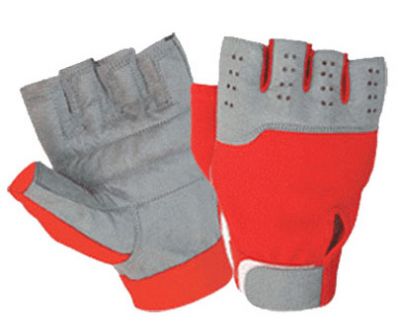









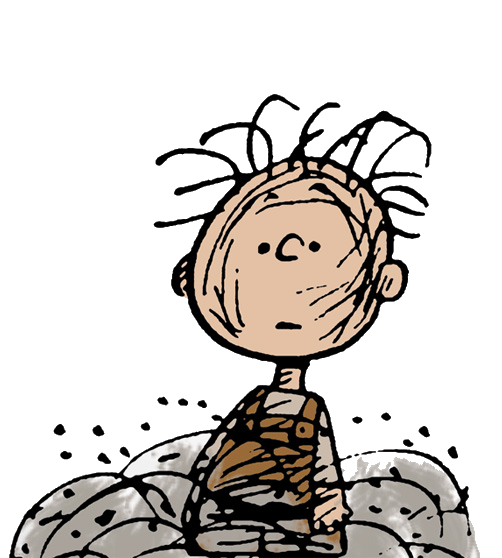



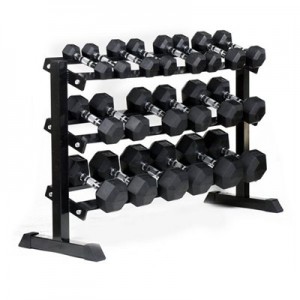

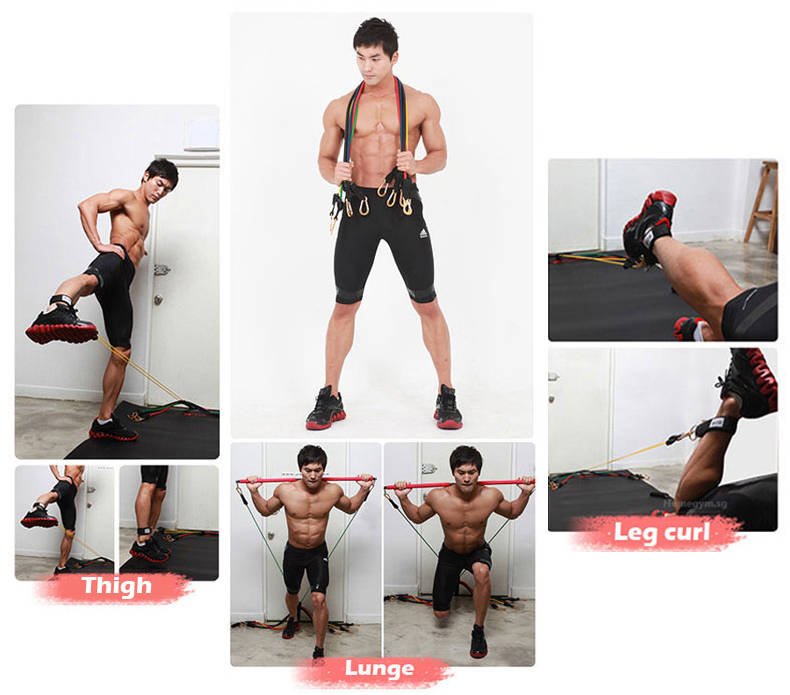
 Another benefit provided by the fact that elastic resistance does not rely on gravity is that it provides continuous tension to the muscles being trained. When you lift a free weight like a dumbbell in any direction other than straight up and down, the tension on the muscle can actually be removed at certain points in the range of motion. For example, when doing a biceps curl with a dumbbell, as you curl the dumbbell up towards the shoulder, at the very top of the movement the dumbbell is literally falling towards the shoulder. This means that the tension on the biceps has been removed because the dumbbell is no longer being lifted up against gravity by the biceps. When doing a biceps curl with elastic resistance, the tension is present throughout the entire range of motion because the elastic material provides resistance due to its own properties.
Another benefit provided by the fact that elastic resistance does not rely on gravity is that it provides continuous tension to the muscles being trained. When you lift a free weight like a dumbbell in any direction other than straight up and down, the tension on the muscle can actually be removed at certain points in the range of motion. For example, when doing a biceps curl with a dumbbell, as you curl the dumbbell up towards the shoulder, at the very top of the movement the dumbbell is literally falling towards the shoulder. This means that the tension on the biceps has been removed because the dumbbell is no longer being lifted up against gravity by the biceps. When doing a biceps curl with elastic resistance, the tension is present throughout the entire range of motion because the elastic material provides resistance due to its own properties. Another reason linear variable resistance, as provided by elastic resistance, is beneficial is due to what is known as the strength curve of muscles. The linear variable resistance provided by elastic tubing better mimics the strength curves of most muscles. A strength curve refers to the way a muscle’s or muscle group’s strength changes over a range of motion. Because of their anatomy, most muscles increase in strength over the range of motion until a certain point. Again using the biceps curl as an example, as you curl the hand toward the shoulder, the muscle gets stronger up until about the halfway point of the range of motion. Thus, the biceps muscle is weakest at the start of the exercise and strongest at the halfway point of the exercise.
Another reason linear variable resistance, as provided by elastic resistance, is beneficial is due to what is known as the strength curve of muscles. The linear variable resistance provided by elastic tubing better mimics the strength curves of most muscles. A strength curve refers to the way a muscle’s or muscle group’s strength changes over a range of motion. Because of their anatomy, most muscles increase in strength over the range of motion until a certain point. Again using the biceps curl as an example, as you curl the hand toward the shoulder, the muscle gets stronger up until about the halfway point of the range of motion. Thus, the biceps muscle is weakest at the start of the exercise and strongest at the halfway point of the exercise. A critical benefit of elastic resistance is that it prevents the user from “cheating” on the exercise being performed. This is a common practice, especially for beginners, when using free weights. Cheating involves the use of momentum to get the weight moving. Once the weight has built up momentum, the muscle fibers do not need to be maximally activated to continue moving the weight throughout the rest of the range of motion of the exercise. This is due to the fact that the physics of momentum have taken over to move the weight. The physical properties of elastic resistance devices do not allow the user to cheat by using momentum. This is because the resistance from the elastic equipment comes from the stretching of the elastic material and not the mass of the elastic equipment. The only way to continue a movement while performing an exercise with elastic resistance is to utilize more muscle fibers in the exercising muscle to continue stretching the elastic material.
A critical benefit of elastic resistance is that it prevents the user from “cheating” on the exercise being performed. This is a common practice, especially for beginners, when using free weights. Cheating involves the use of momentum to get the weight moving. Once the weight has built up momentum, the muscle fibers do not need to be maximally activated to continue moving the weight throughout the rest of the range of motion of the exercise. This is due to the fact that the physics of momentum have taken over to move the weight. The physical properties of elastic resistance devices do not allow the user to cheat by using momentum. This is because the resistance from the elastic equipment comes from the stretching of the elastic material and not the mass of the elastic equipment. The only way to continue a movement while performing an exercise with elastic resistance is to utilize more muscle fibers in the exercising muscle to continue stretching the elastic material. The triceps muscle is composed of three heads – and these need to be trained in a very specific way.
The triceps muscle is composed of three heads – and these need to be trained in a very specific way. 
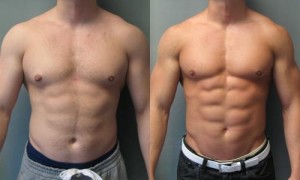
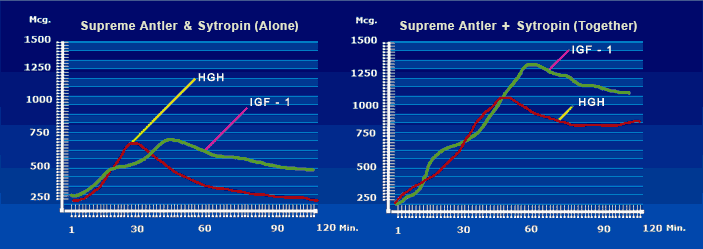

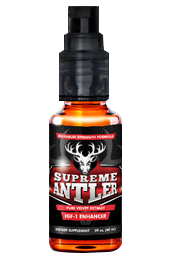




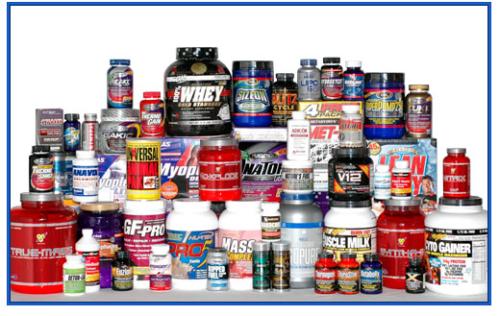
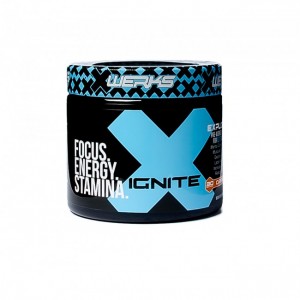
 #2
#2  #3
#3 





